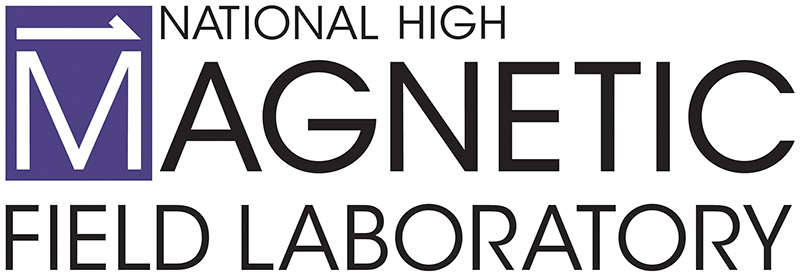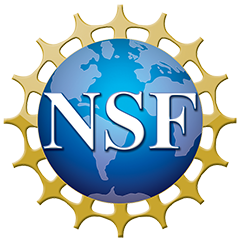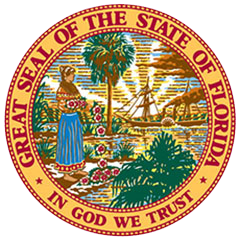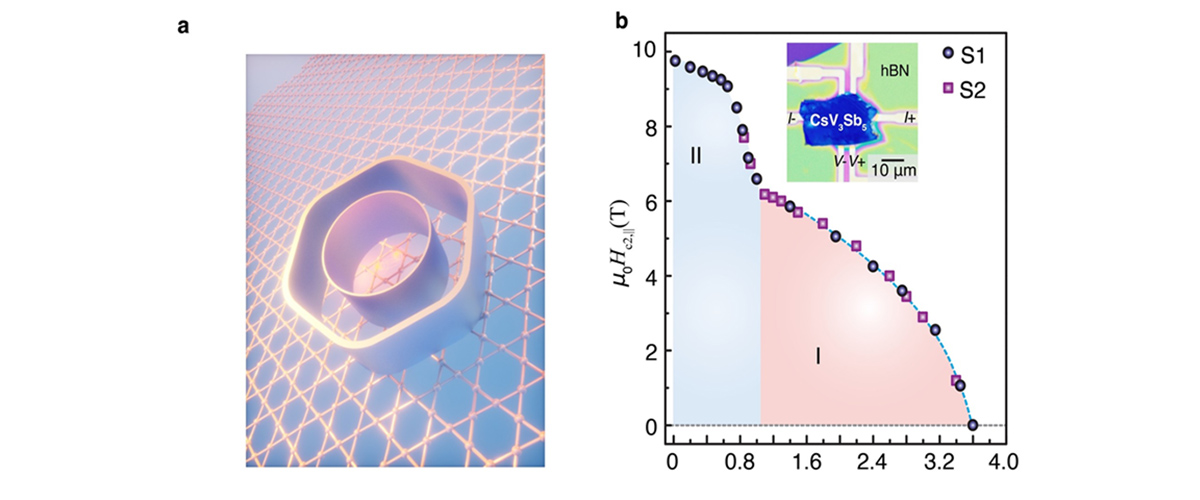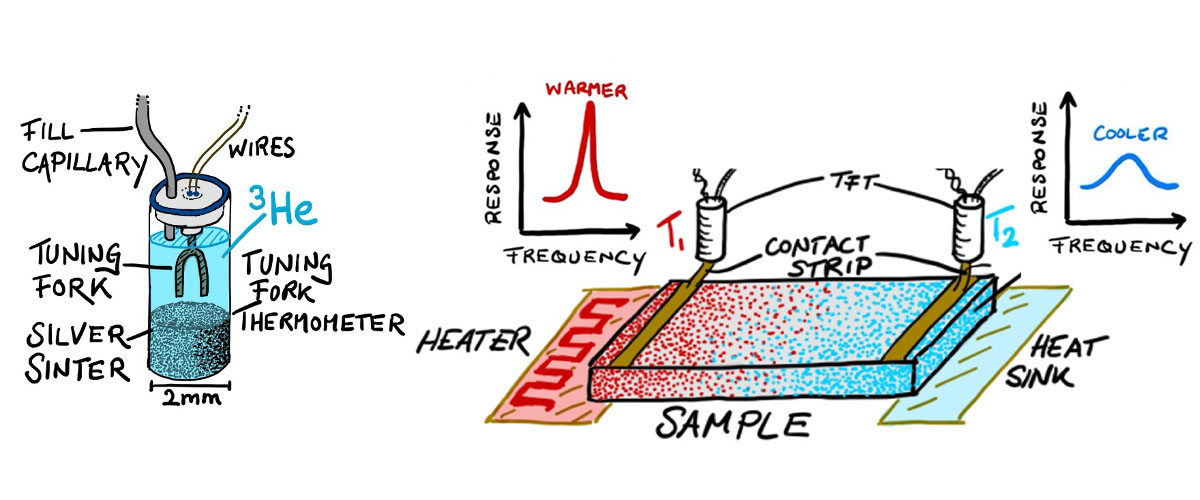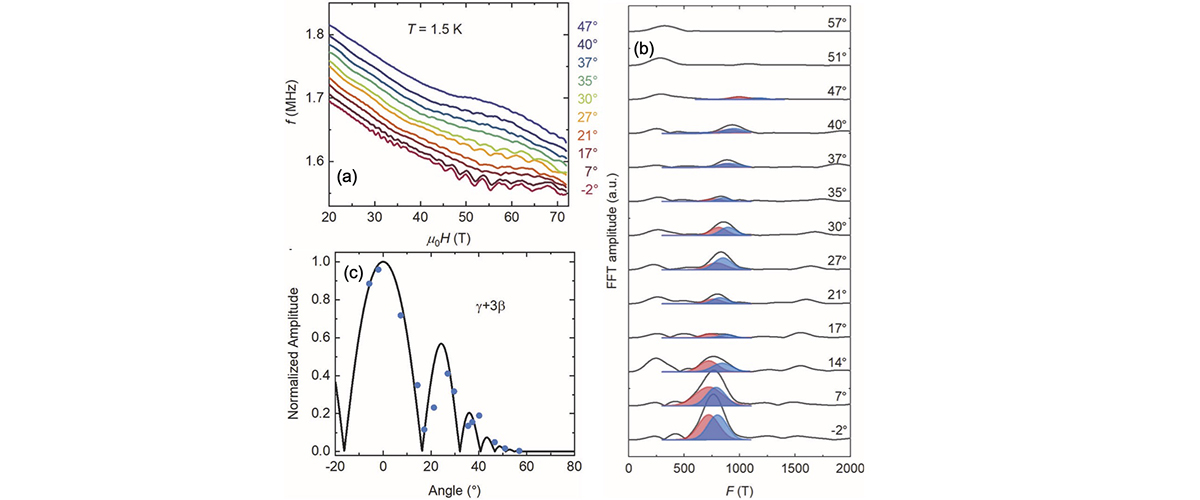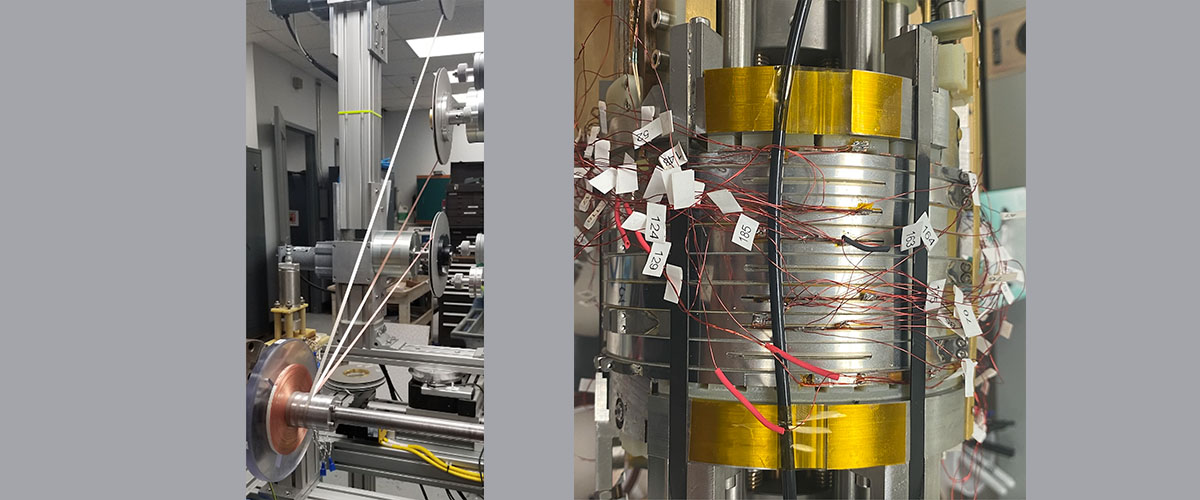What is the finding
Scientists discovered that a kagome superconductor CsV₃Sb₅ hosts two different superconducting states at the same time—something never seen before.
Why is this important?
Superconductivity is the ability of a material to conduct electricity with zero resistance. Kagome materials—named after a Japanese basket-weaving pattern of interlaced triangles and hexagons—have a distinctive atomic arrangement that gives rise to unusual electronic behavior and makes them promising candidates for unconventional superconductivity.
Cesium vanadium antimonide (CsV3Sb3) is the first material found with two coexisting superconducting gaps, overturning long-standing theories about superconductivity. Understanding this unusual behavior could inspire new technologies for energy-efficient electronics, quantum devices, and future computing platforms.
Who did the research?
Md Shafayat Hossain1*, Qi Zhang2*, Eun Sang Choi3*, Danilo Ratkovski3*, Bernhard Lüscher4*, Yongkai Li5*, Yu-Xiao Jiang2, Maksim Litskevich2, Zi-Jia Cheng2, Jia-Xin Yin2, Tyler A. Cochran2, Brian Casas3, Byunghoon Kim2, Xian Yang2, Jinjin Liu5, Yugui Yao5, Alimamy Bangura3, Zhiwei Wang5, Mark H. Fischer4, Titus Neupert4, Luis Balicas3, M. Zahid Hasan2
1University of California, Los Angeles, USA 2Princeton University, Princeton, USA. 3National MagLab, 4University of Zurich, 5Beijing Institute of Technology
Why did they need the MagLab?
The MagLab’s unique combination of very high magnetic fields and advanced low-temperature techniques made it possible to reveal this phenomenon.
Details for scientists
- View or download the expert-level Science Highlight, A Tale of Two Uncoupled Superconducting Gaps
- Read the full-length publication, Unconventional gapping behaviour in a kagome superconductor, in Nature Physics
Funding
This research was funded by the following grants: K. M. Amm (NSF DMR-2128556); M.Z.H. (Gordon and Betty Moore Foundation; GBMF9461 and DOE/BES DE-FG-02-05ER46200); L.B. (DOE-BES through award DE-SC0002613)
For more information, contact Alimamy Bangura.
